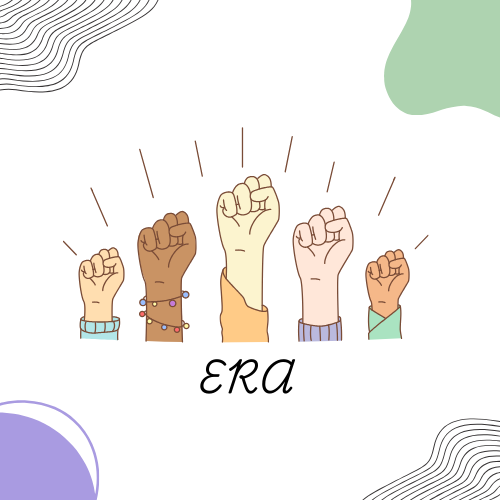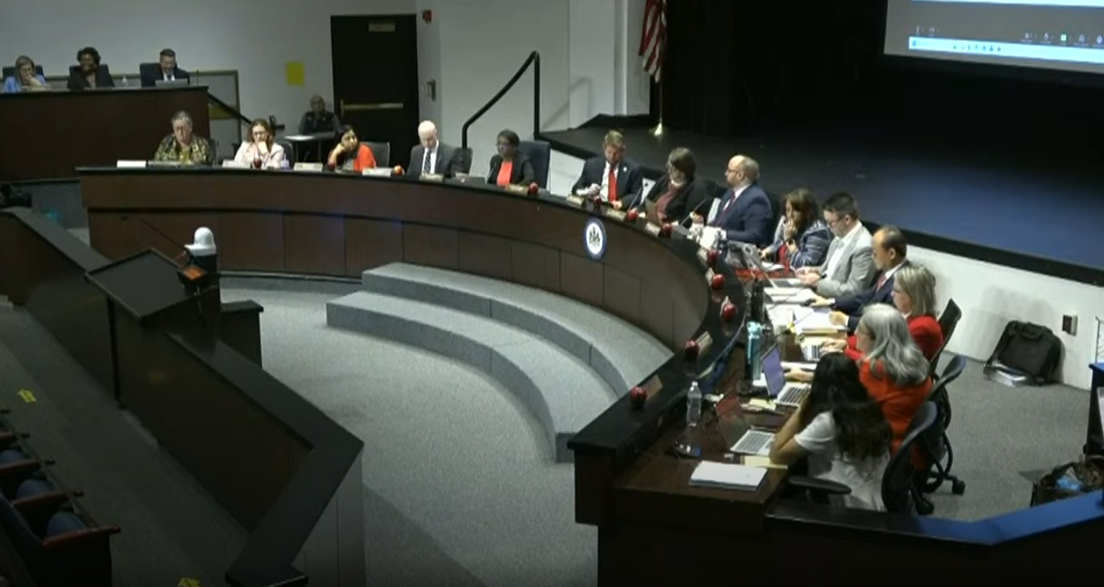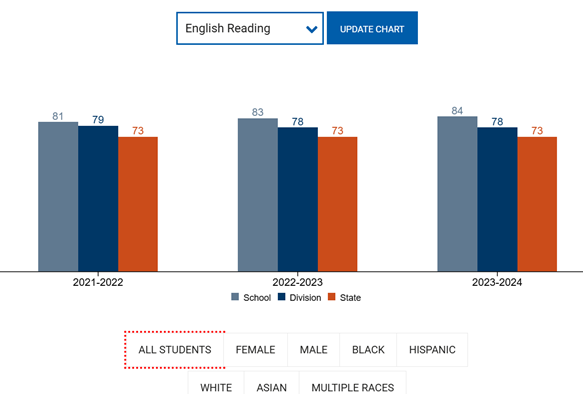
On Jan. 17, President Joe Biden delivered remarks at the US Conference of Mayors. “Today, I affirm the Equal Rights Amendment to have cleared all the necessary hurdles to be added to the U.S Constitution now,” stated Biden. “The Equal Rights Amendment is the law of the land now. It’s the 28th Amendment to the Constitution now.” Unfortunately, Biden’s statements in support of the ERA come too little too late, just three days before the end of his presidency. Also, since the president doesn’t officially have a role in the amendment process, his words have no power to actually make the ERA law. They showcase Biden’s support for gender equality but have no lasting legal impact. But what is the ERA, why isn’t it the 28th amendment of the U.S Constitution, and why does it matter?
The fight for women’s rights has been ongoing for hundreds of years and made lots of progress, but gender discrimination still isn’t illegal under federal law.The Equal Rights Amendment (ERA) is a proposed amendment to the U.S Constitution stating “Equality of rights under the law shall not be denied or abridged by the United States or by any state on account of sex.”
The ERA was first written in 1923, during the fight for women’s suffrage. Alice Paul drafted the ERA as the next step towards gender equality after the 19th amendment. It was proposed to Congress in December of 1923 but It wasn’t until March 22, 1972 that a rewritten version was approved by the House of Representatives and Senate and sent to the states for ratification. Conservative activists, like Phyllis Schafley launched campaigns to prevent the ratification, despite the GOP being the first party to support the ERA back in 1940. Despite the Senate and the House agreeing to extend the ratification deadline to June 30, 1982, that date passed with only 35 of the required 38 states ratifying it. On Jan. 27, 2020, Virginia became the 38th state to ratify the ERA, 38 years too late. With the ratification deadline passed, whether or not the ERA was law was heavily disputed, but ultimately, no action was taken to officially make it the 28th amendment.
There have been numerous attempts to bring the ERA back, including a measure passed by the House in 2020 to revoke the 1982 deadline and revive the amendment but the revival has met resistance from Republican senators and several states, who now want to rescind their earlier ratification. On Dec. 17, 2024, the United States archivist made a statement saying that the ERA cannot be certified unless action is issued by Congress and the courts, proving Biden’s recent statement useless in terms of legality.
So why does the ERA matter? The ERA forms legal protection for gender equality in the United States. According to the World Economic Forum, as of 2023, only 14 countries in the entire world had total equal rights for women. According to the Brennan Center for Justice, as of 2022, 56% of U.S states had laws protecting gender equality to some level while only 22 had state level ERA’s. The only right equal to both women and men, under the U.S Constitution, is the right to vote, passed in the 19th amendment over 100 years ago. There are several legal prohibitions on sex discrimination including Titile VII and Title IX of the Civil Rights Act, the Equal Pay Act and the Pregnancy Discrimination Act. However, these laws can be applied inconsistently in courts of law, since there is no Constitutional Amendment to back them up. Also, gender equality cases are vulnerable to being weakened or reversed because there is nothing in the Constitution that protects court decisions based on sex discrimination. Having an amendment that specifically states discrimination based on sex is illegal under federal law practically eliminates gray area when making legal decisions on gender inequality. And, rather than providing women with more rights, the ERA will make men and women equal in every right granted to U.S citizens under federal law.
The ERA will help provide justice in cases for sexual harassment, unequal pay, and/or other issues pertaining to gender equality. It will require enforcement against gender based violence and reduce sex discrimination in the military, workplace, healthcare, and insurance. The amendment will also confirm the illegality of unequal pay and pregnancy discrimination among other rights currently stated in United States federal law that struggle to be adequately enforced.
There are many unanswered questions about the future of the ERA. Can Congress lift the deadline for ratification once again? Can states wishing to rescind their ratification legally act on it? What role do the courts play? Who determines the answers to these questions? In order for it to be truly considered as a law for our country, the process will most likely need to restart.
On Feb. 10, 2020, Justice Ruth Bader Ginsburg expressed her support for the ERA and mentioned the next steps she hoped the law would take. “I would like to see a new beginning. I’d like it to start over,” Ginsburg said. “There’s too much controversy about a latecomer Virginia ratifying long after the deadline passed.”
If a restart is necessary, it will most likely mean another long road for the ERA. But just because the road is long doesn’t mean it’s not worth taking. It’s important to keep fighting for this amendment to be passed in order to fully ensure gender equality in the eyes of the federal law. Biden’s statement may not have any legal power, but it allows the ERA to be kept in conversation, which is necessary for it to eventually be added to the Constitution.
Lawmakers, politicians, and citizens of the United States need to keep in mind that the ERA is not just a law for convenience, it’s a law for the protection of human rights. Our country was founded on the ideals of equality, liberty, and forming a more perfect Union. Why then does our Constitution fail to protect the equal rights of more than half of U.S citizens? Why must women struggle to prove the rights that men have honored simply because they are male? The fact that the ERA has faced such a rocky road to ratification proves that it is needed. It means that sexism is alive and well in our country and the next step to ending it is adding the Equal Rights Amendment to the United States Constitution.



















































